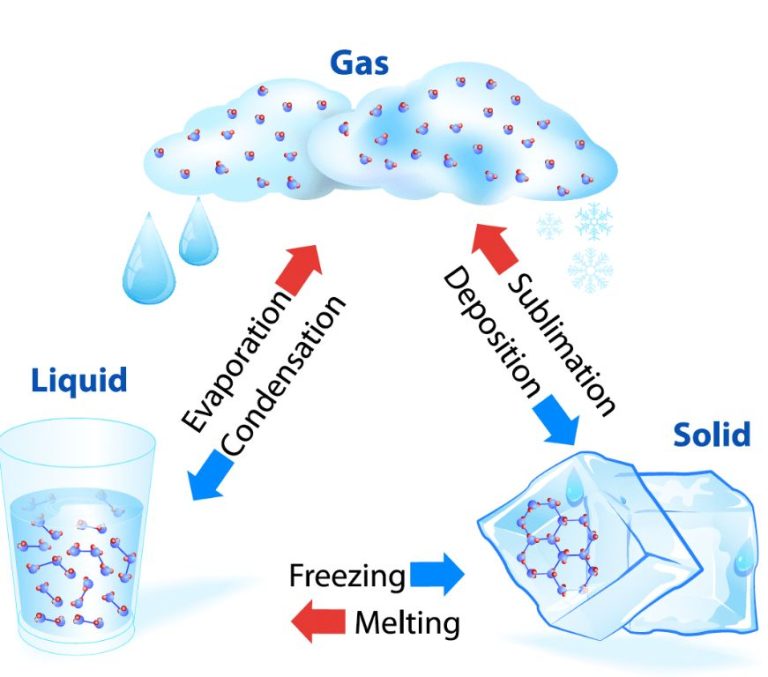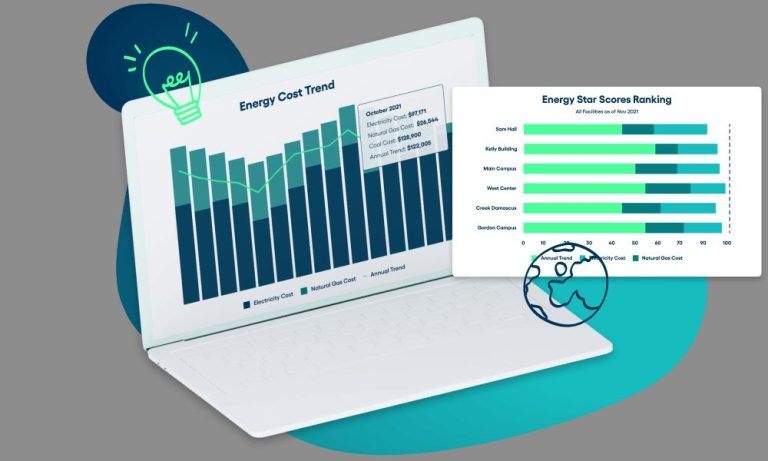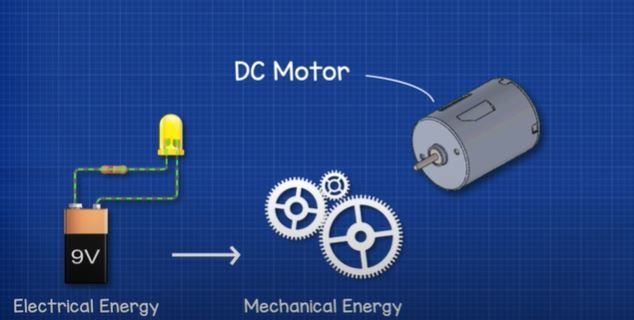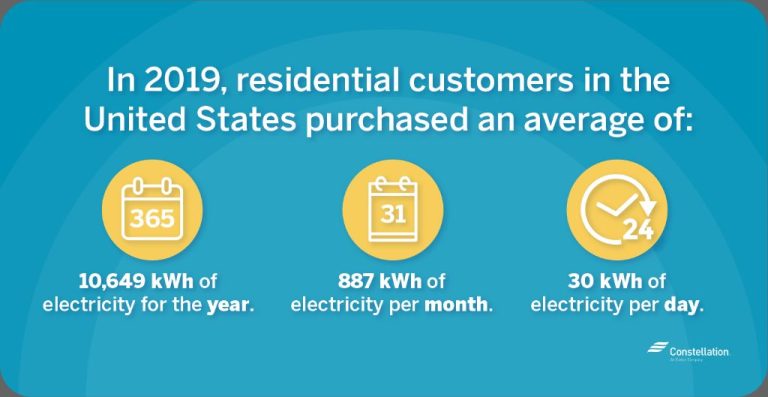What Is The Energy Watt Per Second?
Energy usage is an important concept for consumers and businesses to understand. Measuring energy consumption allows us to quantify how much power our devices and appliances are drawing. Two key metrics for energy are watts and watts per second. Understanding these units gives us insight into how much electricity we use and opportunities to increase efficiency.
A watt is a unit of power that measures the rate of energy consumption. Power is defined as energy per unit time. One watt is equal to one joule of energy consumed per second. For example, a 100-watt light bulb uses 100 joules of electrical energy per second when operating.
Watts per second is a derivative metric that describes the rate of energy usage over time. It is calculated by dividing the wattage (power consumption) by the time in seconds. Watts per second provides a snapshot of instantaneous energy usage that can vary over time. For appliances and devices that have fluctuating power draw, watts per second gives a more granular measure than just watts alone.
Understanding metrics like watts and watts per second allows consumers to better gauge their energy use. It also helps businesses optimize energy efficiency in their operations. As energy costs and environmental impacts continue rising, informed energy management through metrics becomes increasingly important.
What is a Watt?
A watt is a unit of measurement for power. Specifically, a watt measures the rate of energy consumption or production. A watt is defined as one joule of energy consumed or produced per second. This means that power measured in watts is telling us how quickly energy is being used or generated.
For example, a 60-watt light bulb uses 60 joules of electrical energy every second when it is turned on. The higher the wattage, the more power a device consumes. Watts measure the rate of energy flow, not the total amount of energy.
Watts are commonly used to measure electricity usage for devices and appliances. For larger scale energy production and consumption, watts are often expressed in kilowatts (thousands of watts) or megawatts (millions of watts). Understanding watts helps us comprehend energy usage and efficiency for homes, businesses, and industrial applications.
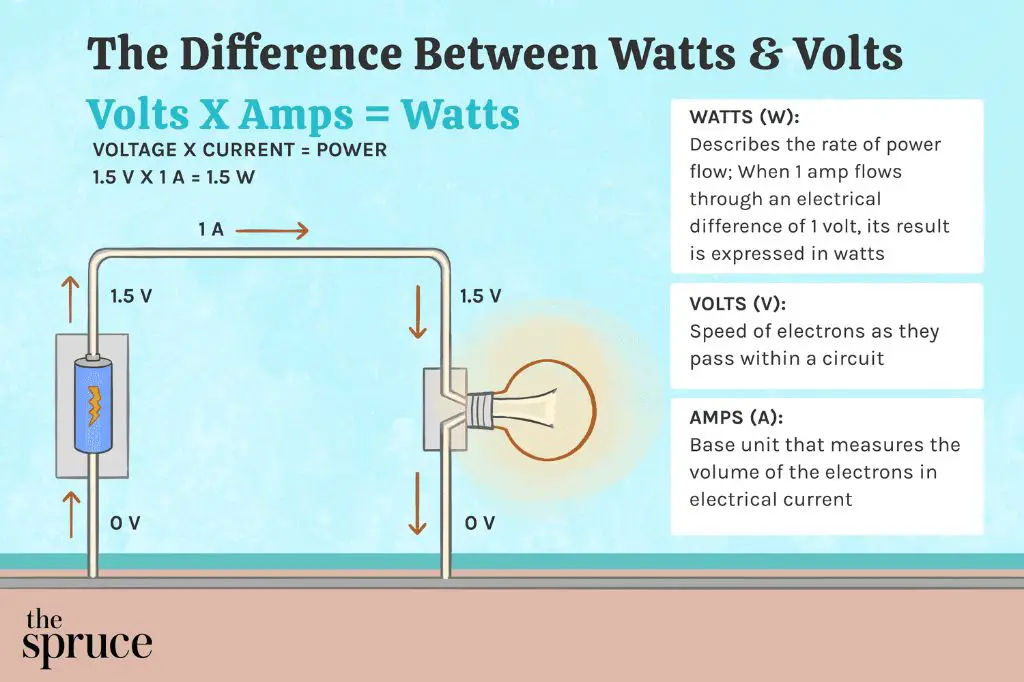
What is a Watt per Second?
A watt per second is a unit of power that measures energy usage over time. It refers to the rate of energy consumption or production in watts during a one second interval.
Specifically, a watt per second represents the amount of energy transferred or converted per unit time. It quantifies the rate of energy flow. For example, a 100 watt light bulb uses 100 watts of power each second that it is turned on.
In physics, power is defined as the rate of doing work or the rate of using energy, which is measured in watts. One watt is defined as one joule of energy transferred per second. Therefore, watts per second indicates how many watts are used during a one second duration, expressing power usage or output over time.
In summary, watts per second is a metric that allows us to measure the instantaneous energy consumption, generation, or transfer rate of a device, machine, or system. It effectively tracks real-time power usage.
Calculating Watts per Second
The formula for calculating watts per second is straightforward: Watts divided by seconds. For example, if a 100 watt light bulb is on for 5 seconds, the energy usage would be:
Watts/Seconds
100W/5s
= 20 W/s
This means the 100 watt bulb uses 20 watts of energy per second when it is turned on. We can use this same formula to calculate the watts per second used for any given appliance or device if we know the wattage and how many seconds it is being used.
Here are some other examples of calculating watts per second:
- A 500W microwave oven used for 30 seconds would be 500W/30s = 16.67W/s
- A 2000W electric kettle on for 60 seconds would be 2000W/60s = 33.33W/s
- A 50W laptop charger plugged in for an entire hour (3600 seconds) would be 50W/3600s = 0.0139W/s
So in summary, watts per second is simply the wattage divided by the number of seconds, and allows us to measure the instantaneous power usage or draw of an appliance or device.
Uses of Watts per Second
Watts per second is commonly used to measure the power consumption of various electronics and appliances. Understanding the wattage requirements of household devices can help consumers make informed choices about energy efficiency.
Some common uses and examples of watts per second include:
-
Light bulbs – A 60W incandescent light bulb consumes 60 watts per second when turned on. LED and CFL bulbs consume significantly less watts per second for the same brightness.
-
Televisions and monitors – Modern TVs range from about 50 watts for a small LCD screen up to over 500 watts for a large plasma screen. The power consumption depends on the display size and technology.
-
Computers and laptops – Desktop computers can draw 200-400 watts depending on the components and performance. Laptops often use between 25-100 watts depending on size and whether they are plugged in.
-
Kitchen appliances – A microwave may use 700-1500 watts on high. An oven can pull 2000+ watts when heating up to temperature.
-
Smart home devices – Small networked devices like virtual assistants, WiFi cameras, and smart speakers use 1-10 watts when active or idling.
Understanding the wattage demands of household electronics and appliances enables consumers to calculate their energy costs and make informed decisions about efficiency.
Home Energy Usage
The average home uses a significant amount of energy on a daily basis. This energy usage can be measured in watts per second. Here are some estimates for typical home energy usage in watts per second:
Lighting – The average home has around 10-20 lightbulbs. Assuming 60W bulbs, that’s 600-1200 Watts. If those bulbs are on for 5 hours per day, that’s 18,000-36,000 Watt-seconds per day.
Refrigerator – A typical refrigerator uses around 100 Watts continuously. Over 24 hours that’s 864,000 Watt-seconds.
Air Conditioning – Central AC units use 3000-5000 Watts or more while running. Assuming the AC runs for 8 hours on a hot day, that’s 96,000-160,000 Watt-seconds.
Water Heating – An electric water heater may use 2500-5500 Watts. Heating water for 1 hour uses 9,000-19,800 Watt-seconds.
Clothes Dryer – Electric dryers use around 2500-5000 Watts. Running for 1 hour uses 9,000-18,000 Watt-seconds.
Computers and Electronics – Desktop computers use 300-600 Watts. Laptops 30-100 Watts. TVs 100-500 Watts. Game consoles 200+ Watts. Phone chargers 10-20 Watts. Using these devices for 1-3 hours per day can add thousands of Watt-seconds to daily home energy use.
When totaled up, a typical home with normal appliance use might use 150,000-350,000 Watt-seconds per day! Understanding energy use in these concrete terms helps illustrate where efficiency improvements can make the most impact.
Industry and Business Usage
Watts per second are an important metric for measuring energy consumption in factories, manufacturing plants, commercial buildings, and other industrial facilities. Here are some examples of watt per second usage in industry and business:
Heavy machinery – Large motors and heavy equipment like conveyor belts, presses, HVAC systems can use energy at rates of 50,000 to 100,000+ watts. This works out to 50,000-100,000+ watts per second.
Data centers – A typical data center requires 5-20 megawatts to power servers, cooling, and operations. This translates to 5,000,000 to 20,000,000 watts or more. Data centers deal with massive amounts of data and processing, requiring huge energy loads.
Manufacturing facilities – An automotive or aerospace manufacturing plant may use 500,000+ watts of power or more for assembly lines, welding, machining, and automated processes. Their energy demand in watts per second is quite substantial.
Processing and refining – Oil refineries, chemical plants, and mineral processing facilities can have gigawatt-scale power demands. Their equipment for distilling, drying, crushing and more requires steady, large-scale energy inputs.
Commercial buildings – Large office towers, hotels, and retail complexes can use up to 100 watts per square foot for lighting, elevators, and HVAC. A 500,000 sq ft building would need 50,000,000 watts or more.
Importance of Energy Efficiency
Energy efficiency is incredibly important for managing energy usage wisely. With rising energy costs and concerns over climate change, we need to be more conscious about our energy consumption. There are many simple ways we can reduce energy waste through efficiency improvements.
Using energy-efficient appliances, light bulbs, and building materials can drastically cut down on energy needs. Turning off lights and electronics when not in use also helps. Proper insulation, weatherization, and thermostat adjustments make heating and cooling systems run more efficiently. Companies are also implementing energy management systems and sustainability practices to optimize energy use.
With thoughtful energy efficiency measures, it’s possible to maintain the same level of output and comfort while using less energy. This helps consumers and businesses save on energy bills. On a larger scale, widespread energy efficiency improvements lessen the environmental impact of our energy usage. By making the most of the energy we produce, we can work towards a cleaner and more sustainable future.
Converting Watts per Second
Watts per second can easily be converted to and from other common energy units:
-
1 watt (W) = 1 joule (J) per second (s)
-
To convert watts per second to joules, multiply by the number of seconds.
-
For example, 10 W * 60 s = 600 J
-
To convert joules to watts per second, divide joules by seconds.
-
For example, 600 J / 60 s = 10 W
-
1 watt (W) = 1 volt-amp (VA)
-
So watts per second can easily be converted to volt-amps by multiplying or dividing by seconds.
-
Watts can also be converted to kilowatt-hours (kWh) for energy usage calculations:
-
1 W * 1 h = 0.001 kWh
-
So multiply watts by number of hours to get kWh.
Using these unit conversions allows flexibility in calculating and analyzing energy use over time.
Conclusion
In this article, we explored what a watt per second is and how it’s used to measure power and energy. To recap, a watt is a unit of power that measures the rate of energy consumption or production. A watt per second, also called a joule, is a derived unit that measures the amount of energy transferred or consumed in one second at the power of one watt.
We looked at how to calculate power in watts and energy in watt-seconds or joules. We also discussed some key uses of watts per second in everyday life, from home energy usage to industrial applications. Properly measuring and understanding energy usage in these domains is crucial for improving efficiency.
As energy costs rise and environmental concerns grow, optimizing energy efficiency will only become more important going forward. Watts per second gives us a standard way to quantify energy usage and work towards more sustainable systems and behaviors. Though a technical measurement, watts per second represents a building block for creating an energy-efficient future.

